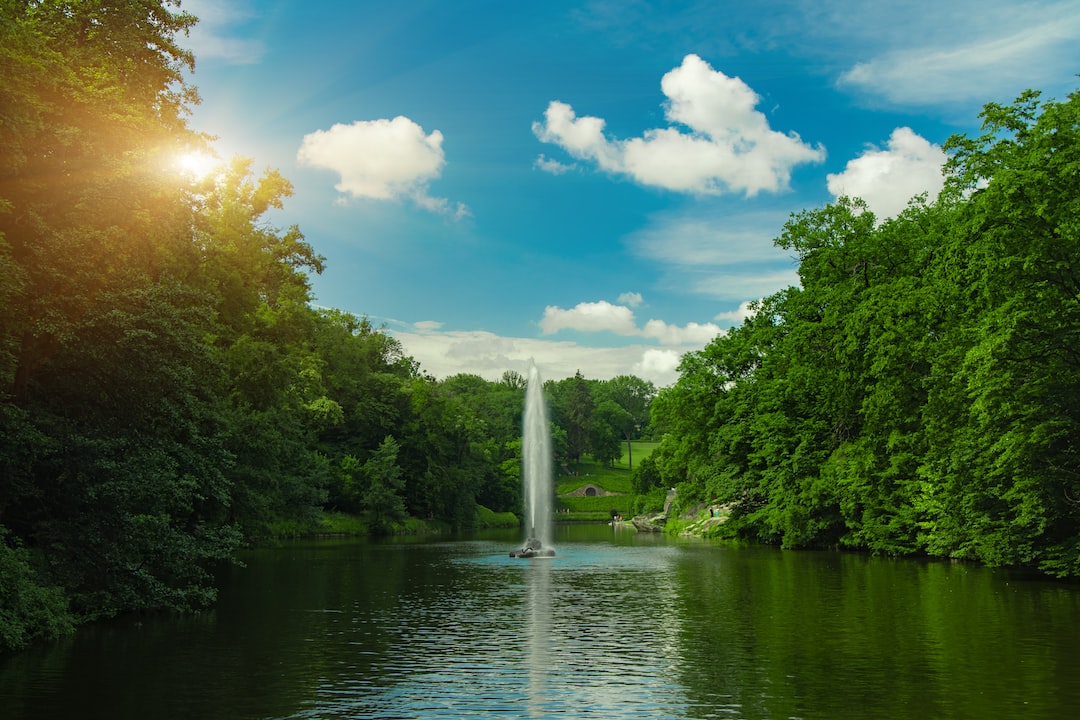From Beginner to Pro: Mastering the Art of Fishing
Fishing is an ancient practice that has been enjoyed by people all around the world for centuries. It is not only a great way to relax and connect with nature, but also a challenging and rewarding skill to master. If you are a beginner angler looking to improve your fishing skills, this blog post is for you. We will take you through the journey from beginner to pro, helping you become a true master of the art of fishing.
Step 1: Get the Right Gear
The first step in becoming a skilled angler is to have the right gear. Invest in a good quality fishing rod, reel, and line that suits the type of fishing you plan to do. Additionally, familiarize yourself with the different types of hooks, baits, and lures available, as they are crucial for attracting and catching fish.
Step 2: Learn the Basics
Before heading out to the water, it is essential to understand the basics of fishing. Learn about the different types of fish in your area, their habitats, feeding patterns, and behavior. This knowledge will help you choose the right fishing spots and techniques to maximize your chances of success.
Step 3: Practice Casting
Casting is a fundamental skill in fishing, as it determines the accuracy and distance of your bait or lure placement. Practice your casting technique in an open area, aiming for targets to improve your aim. Remember to use smooth and controlled motions, releasing the line at the right moment for the best results.
Step 4: Choose the Right Bait or Lure
One of the key factors in successful fishing is using the right bait or lure. Different fish are attracted to different types of prey, so research and experiment to find the most effective bait for your target species. Additionally, learn about different types of lures and how to use them appropriately. You can ask local fishermen for advice or visit a tackle shop for recommendations.
Step 5: Understand the Water
To become a proficient angler, you must understand the water you are fishing in. Learn to read currents, tides, and water temperatures, as they greatly affect fish behavior. Study the structure of the water, such as rocks, weeds, and drop-offs, as these are often favorite hiding spots for fish. By understanding the water, you can make informed decisions on where and how to fish.
Step 6: Master Patience and Observancy
Fishing requires a great deal of patience and observancy. Keep in mind that fish are not always near the surface or actively feeding. Be patient and spend time observing the water, looking for signs of fish activity such as splashing or ripples. Pay attention to nature’s cues, such as bird activity, as they can indicate the presence of fish nearby.
Step 7: Adapt and Experiment
As you gain more experience, be open to adapting your techniques and trying new approaches. Fishing conditions can change, and what worked yesterday may not work today. Experiment with different bait, lures, and fishing techniques to find what works best for you and the fish you are targeting.
Step 8: Practice Catch and Release
Conservation and sustainability are crucial aspects of fishing. Always follow local guidelines and regulations regarding bag limits and size restrictions to protect fish populations. If catching for sport, practice catch and release, handling the fish gently and releasing it back into the water as quickly as possible, ensuring its well-being.
Step 9: Learn from Others
Never underestimate the knowledge and experience of other anglers. Join fishing clubs or online communities to connect with fellow fishermen and learn from their experiences. Listen to their stories, ask for advice, and share your own fishing tales. Collaborating with others will help you expand your knowledge and become a better angler.
Step 10: Enjoy the Journey
Finally, keep in mind that fishing is not just about catching fish. It is a journey filled with excitement, tranquility, and connection with nature. Enjoy the process, whether you catch many fish or none at all. Cherish the moments spent on the water, as they are what make the art of fishing truly special.
By following these steps and dedicating time to practice and learn, you will gradually progress from a beginner to a skilled angler. Remember, fishing is a lifelong learning experience, and even seasoned professionals continue to refine their skills. Embrace the art of fishing and let it bring you joy, relaxation, and a deeper connection with the natural world.


